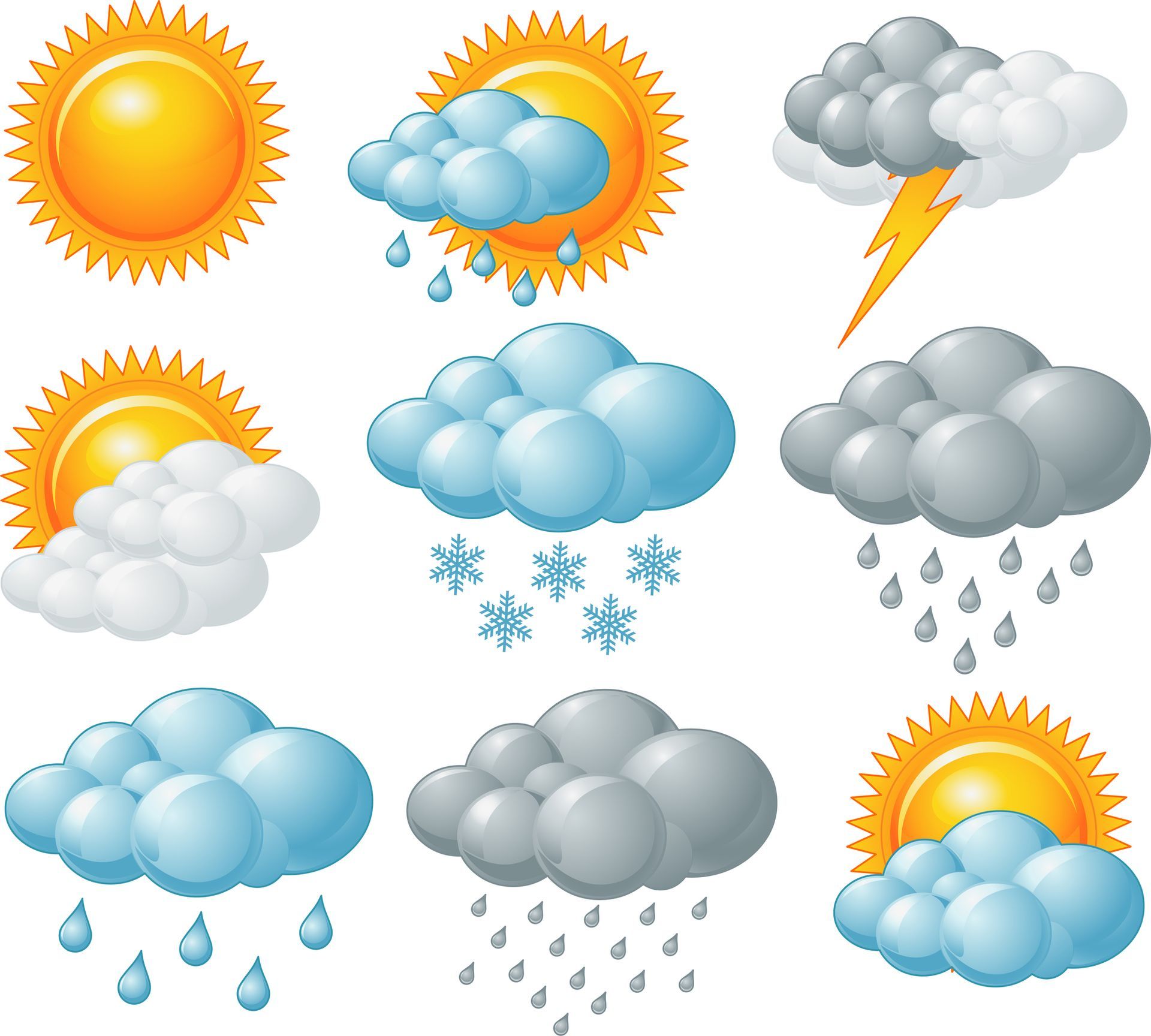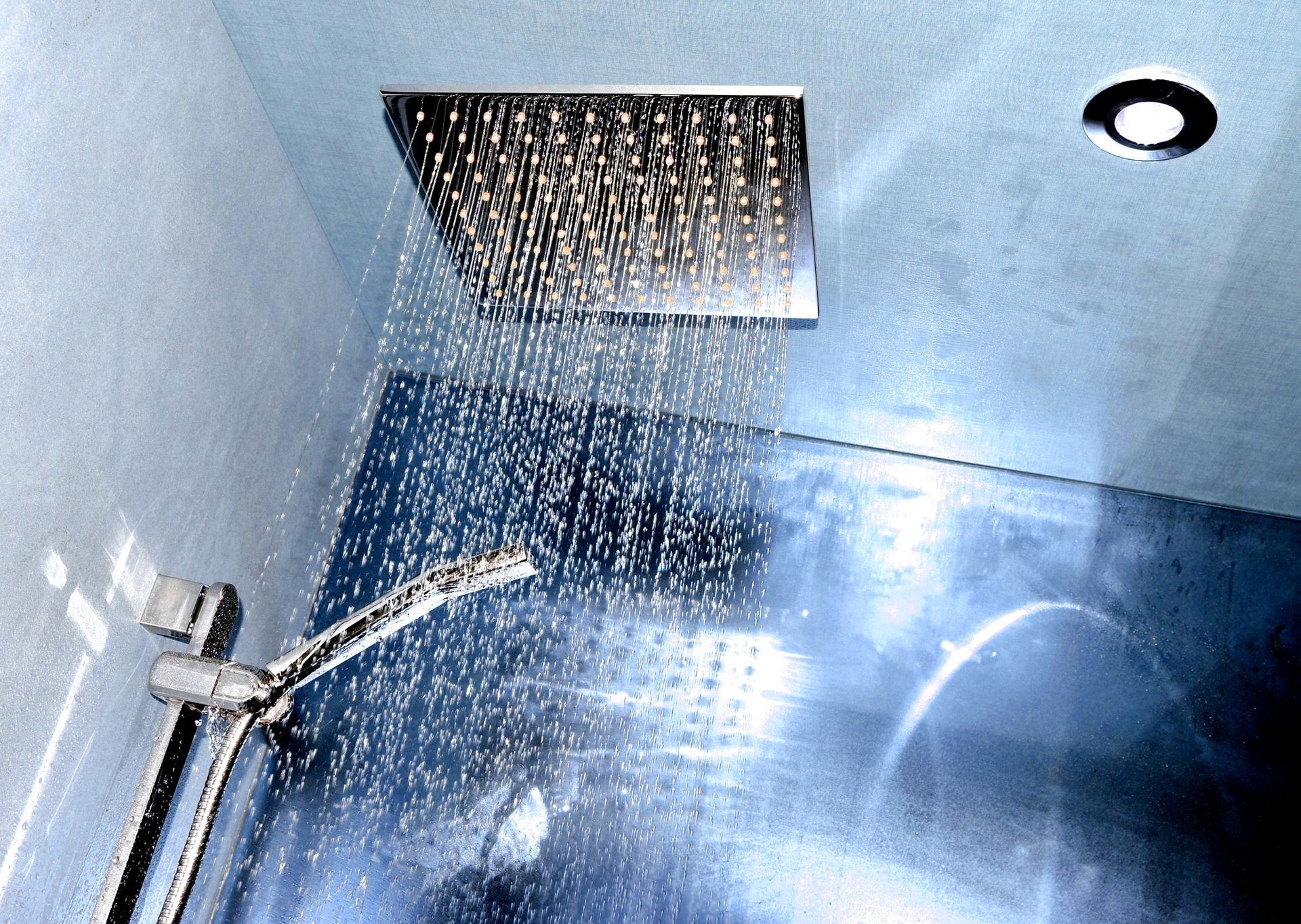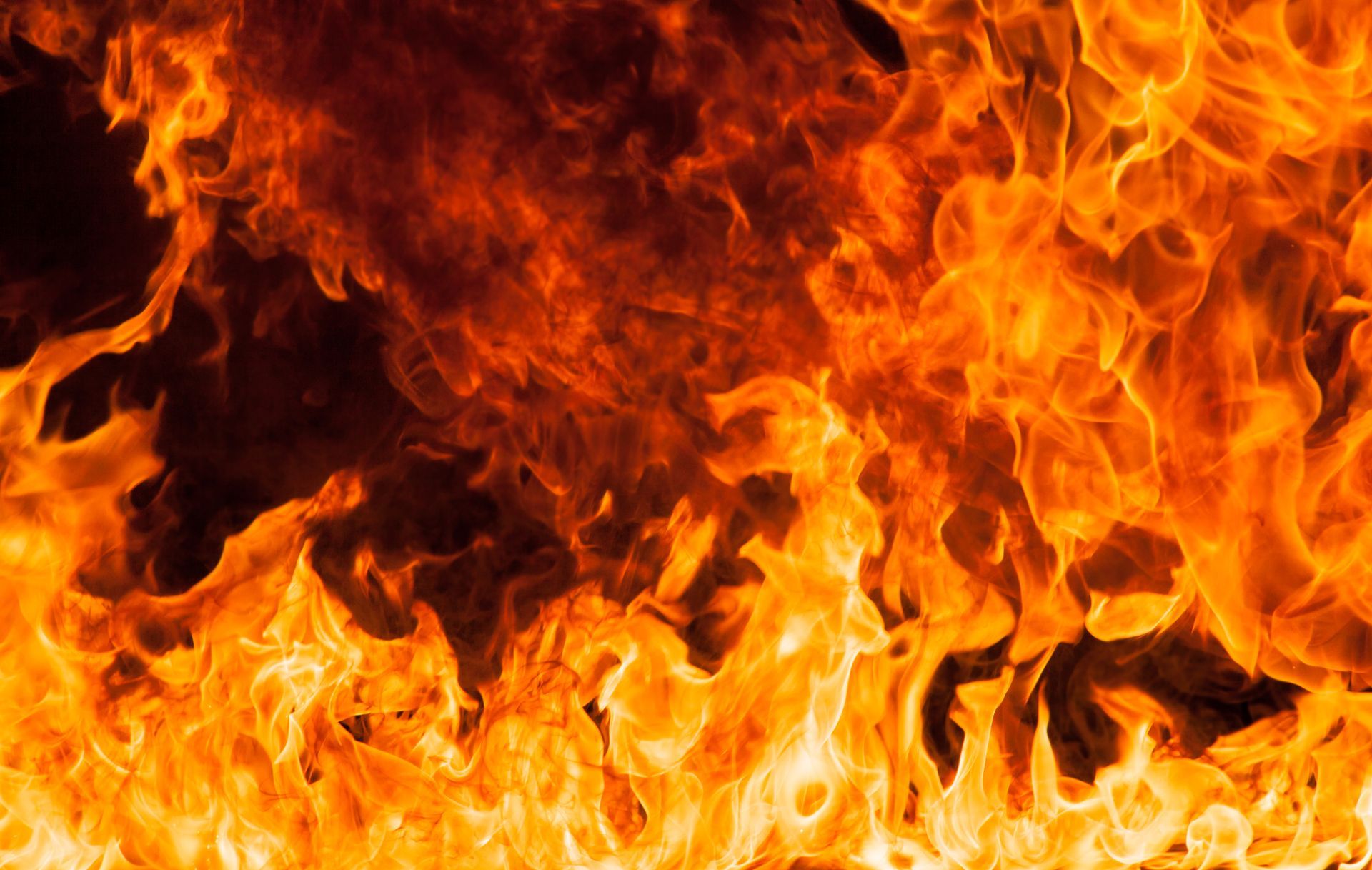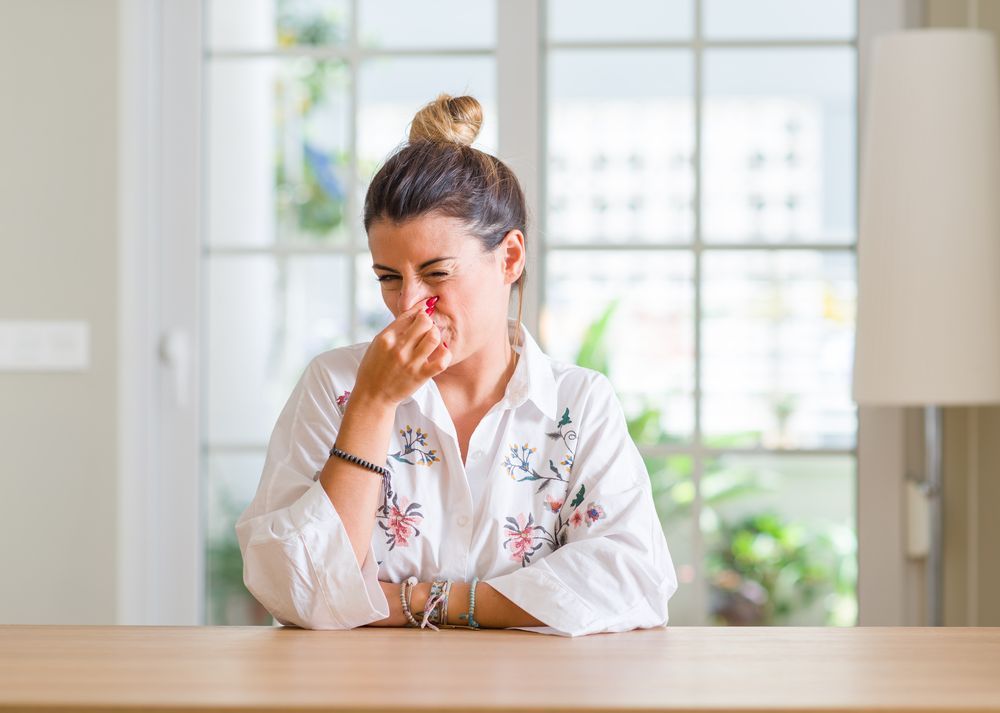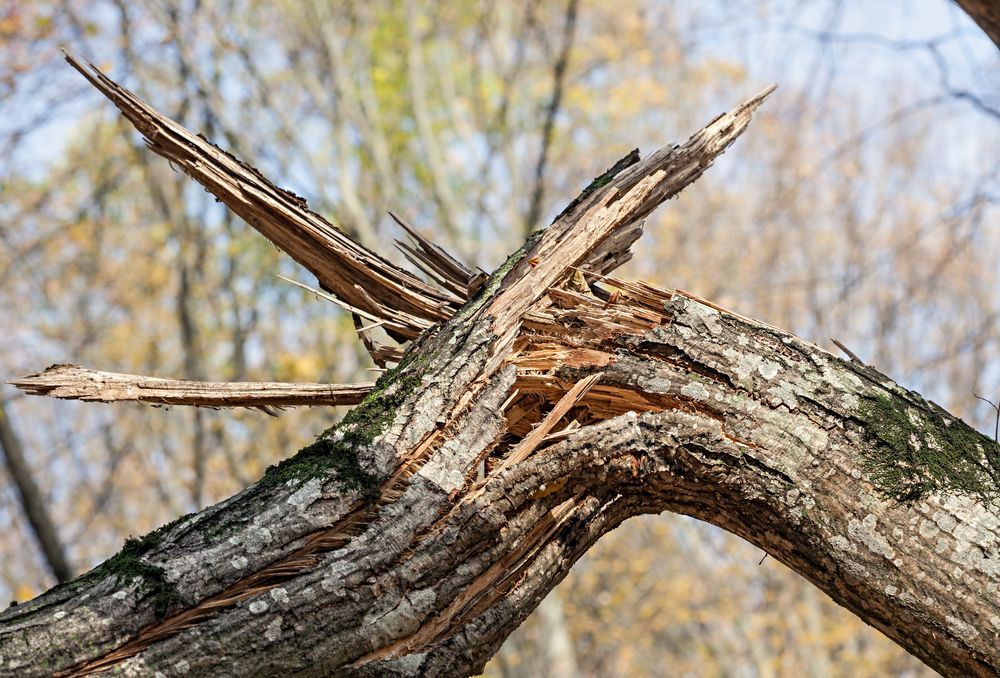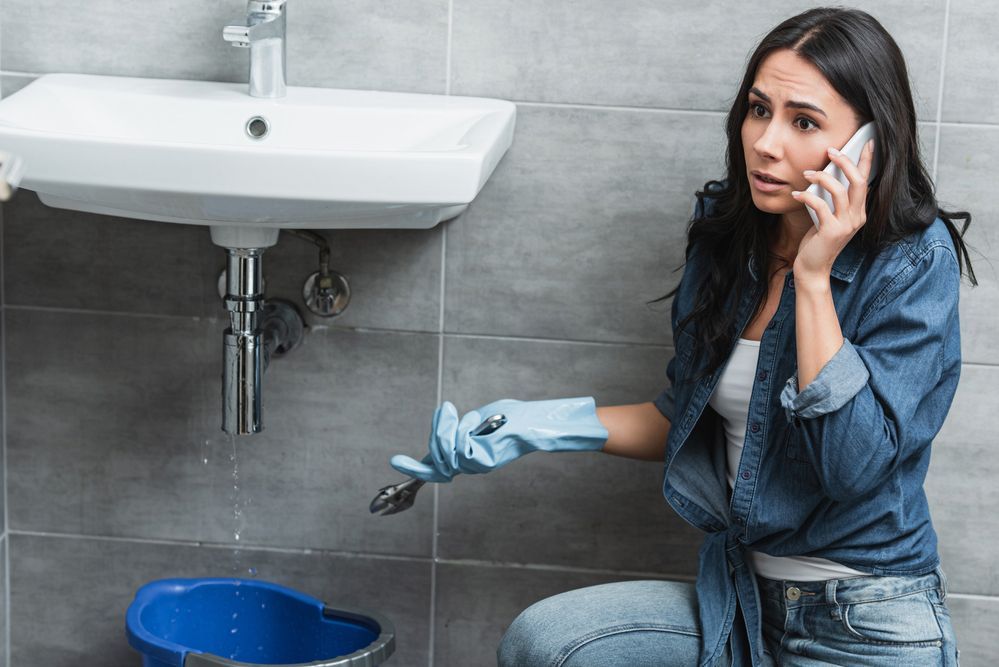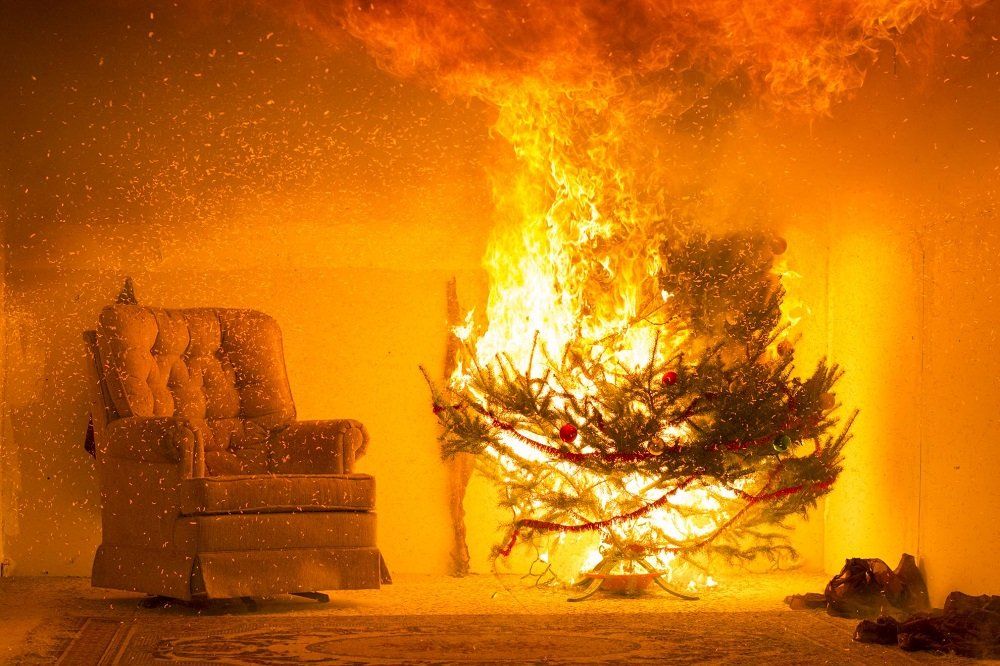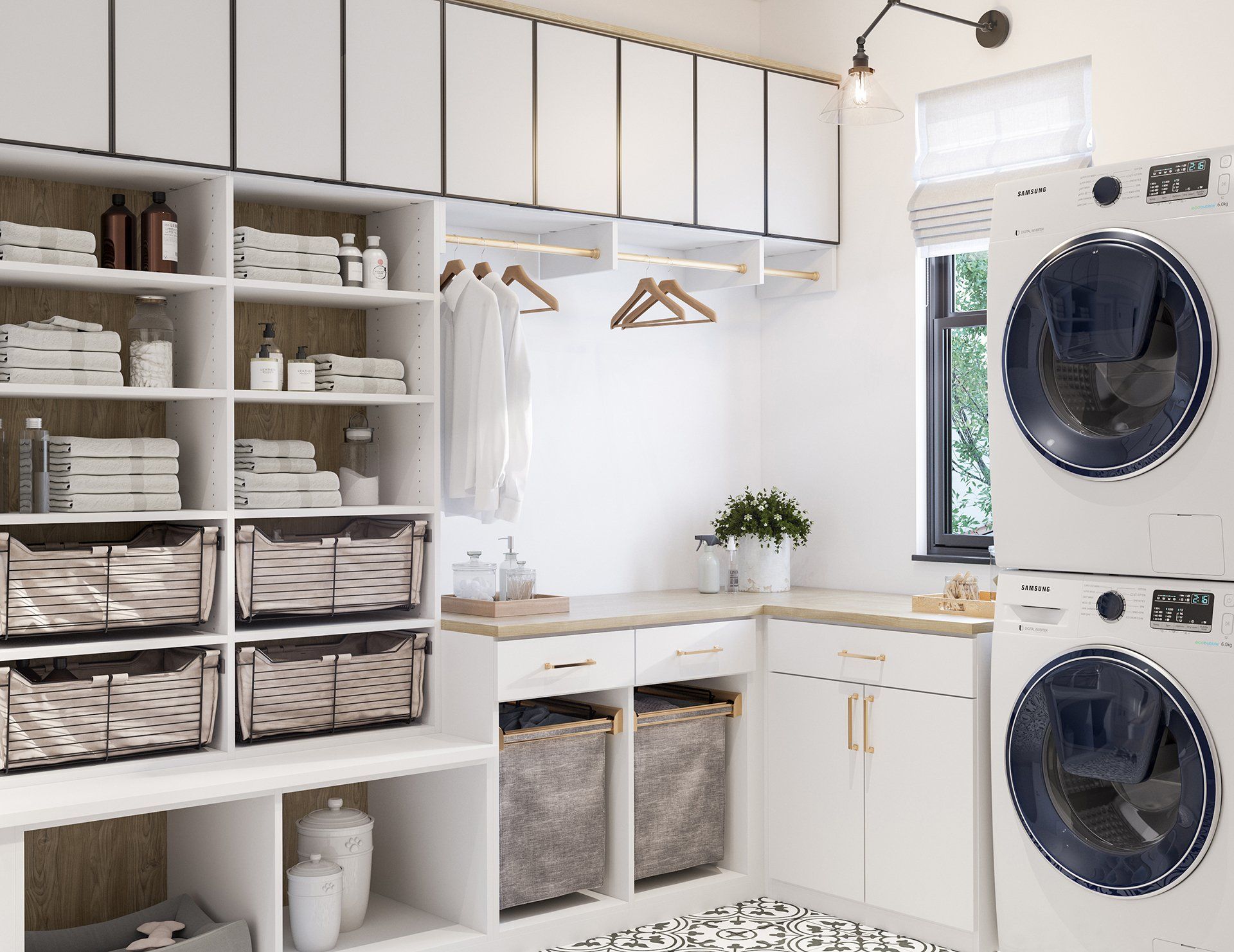
443-290-5797
A Rental House with Toxic Mold
A Rental House with Toxic Mold
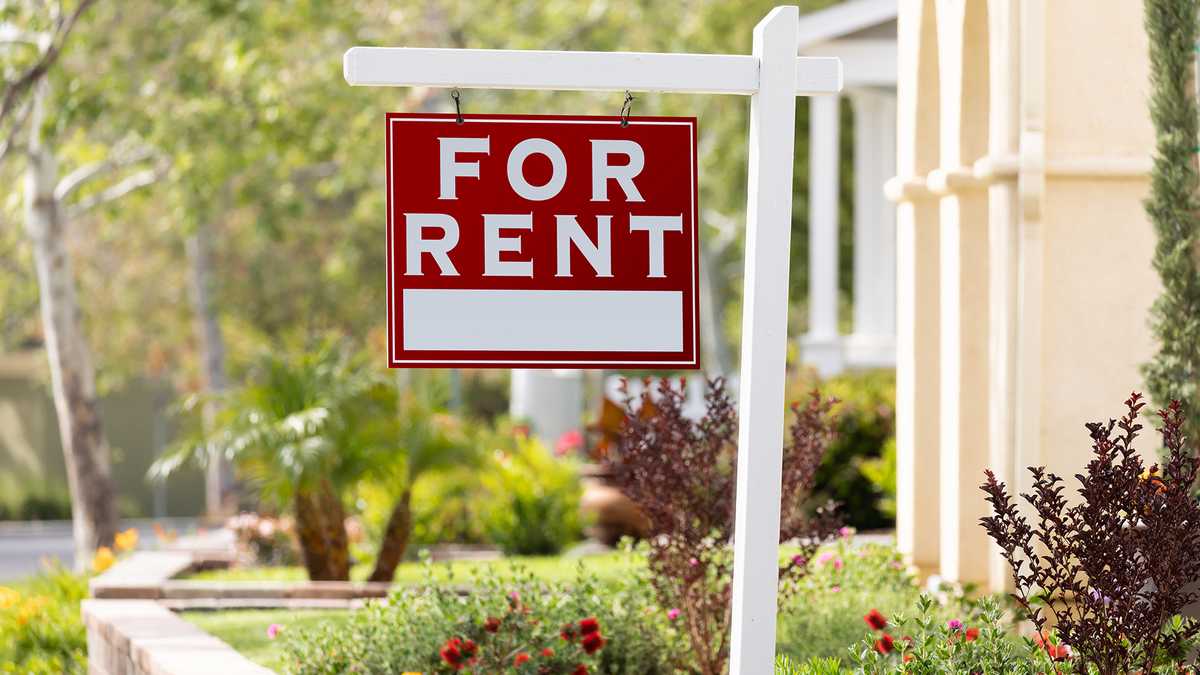
Toxic mold is one of the most common indoor air quality problems in American houses. The regulated environment present in contemporary buildings can offer ideal conditions for mold development. If the humidity is high, moisture is present, the temperature is appropriate, and organic materials are present in some areas of the home, the home can become a breeding ground for mold.
Mold has the problem of being extremely difficult to detect. Mold thrives in places of the house where the residents are least likely to notice it. These include areas around the toilet or bathtub, under the water heater, under the bathroom mat or living room carpet, in the attic or basement, and within dishwashers, refrigerators, vents, or air conditioning units.
When people are unaware of the presence of mold, they are more likely to be harmed. This is because they may attribute their symptoms to something else. Mold disease can look like other illnesses, making it very difficult to recognize.
Mold in Rental Properties
Dealing with mold in a rental property poses a unique set of issues for both the renters and the property owner. The trouble for tenants is that mold is frequently the result of maintenance concerns that are the landlord's responsibility. When a renter pays a landlord to reside in a rental property, the landlord takes on the obligation of keeping the property safe and comfortable for the tenant. No renter should have to cope with health problems caused by a landlord's neglect.
Landlords, on the other hand, must ensure that the mold problems in the rental are not caused by the tenant's behavior. Even if a landlord does everything possible to keep a home in good shape, the tenant's care of the property might make it susceptible to mold. Landlords expect renters to pay for mold as long as the mold is the product of conditions produced by the tenants.
Mold may harm both the landlord's company and the tenant's health, so it's critical to address this issue early on in the landlord-tenant relationship. When mold responsibility is appropriately assigned in a rental, it is much easier to fix issues immediately. When it comes to removing mold from a rental property, speed is crucial.
When Is Mold the Responsibility of a Landlord?
Mold in a rental property is a serious health hazard. Mold in a rental property might breach the "implied warranty of habitability" provided by the landlord. This is an unsaid assurance given by landlords to tenants that the landlord has done all possible to assure the safety and comfort of the property. When a home has hazardous mold, it becomes uninhabitable.
If mold is present in a rental property for any of the following reasons, the landlord is responsible for it:
- Mold from poor construction- Mold may easily establish itself in new homes because they are constructed to be airtight, which promotes mold growth. Mold may grow in new homes due to water trapped in the building components. Mold can also be caused by the use of green lumber in the building's construction.
- Mold caused by prolonged leaks- If there is or was a leak in the residence that was not properly addressed, the landlord is responsible for the mold that resulted. Mold will be able to develop more easily if there are leaks. Water leaks in the kitchen, bathrooms, toilets, basement or drywall can cause this. It might also be the consequence of water seeping into the home's floorboards or windows.
- Mold due to excessive humidity or poor ventilation- Due to high humidity, if there are no exhaust fans in the kitchen or bathroom, or if they are not operating, those areas may become a breeding ground for mold. Mold can also be caused by inadequate ventilation in the attic, basement, or crawlspace. If you live near a body of water, your home may be susceptible to mold.
- Mold inside the HVAC systems- Mold may easily be found hidden in the ductwork of HVAC systems. If ducts aren't cleaned regularly, they can get dusty, providing mold with the organic elements it needs to thrive. Even if the entire house is free of mold, if mold persists in the HVAC system – ducts and air conditioning – the mold will return.
When is mold the responsibility of a tenant?
Tenants can potentially contribute to the growth of mold in a rental house by doing the following:
- If a tenant fails to notify the landlord of any situation that might lead to mold, the renter will be held partially accountable if mold develops in the residence.
- Mold can be caused by a tenant's lifestyle or habits. For example, if renters stack papers in rooms or have multiple plants in the house, mold that lives on paper or plants has an easier time growing.
- The financial cost for resolving the problem falls on the tenant's shoulders due to deliberate or careless activity by the tenant that creates conditions that encourage mold growth.
How landlords can deal with mold in a rental
- Include a clause on mold in the lease agreement- This clause should explicitly state what efforts should be taken to avoid mold and what should be done if mold is discovered. It should also state the penalties if those actions are not followed.
- Have clear documentation- All conversations with renters, in addition to paperwork demonstrating the home's mold history, should be documented. All communication with renters should be done via email as a norm. This makes it simple to keep track of any mold-related contact between landlords and renters.
- Conduct third-party mold inspections- Have a third-party mold inspector assess the home at the start of a tenant's lease, before they move in. The results of the inspection should be shared with the tenants. Whether or not there is a renter in the house, it should be examined for mold every two years.
Regardless of who is to blame for a mold problem, landlords are obligated to remove it from the premises as soon as a tenant reports it. If the renter is to blame for the situation, the landlord and the tenant may talk about it later. If mold has infected your rental property, call Restoration 1 of Eldersburg right immediately!

